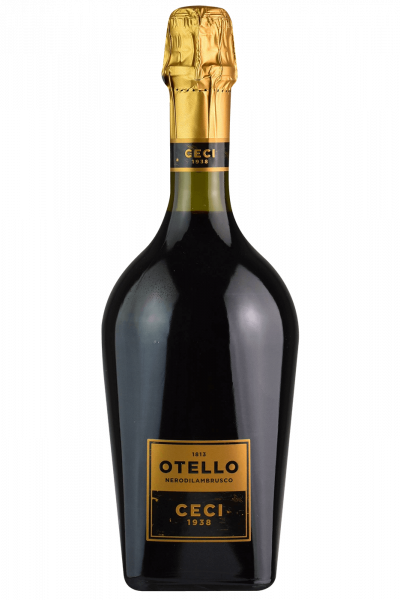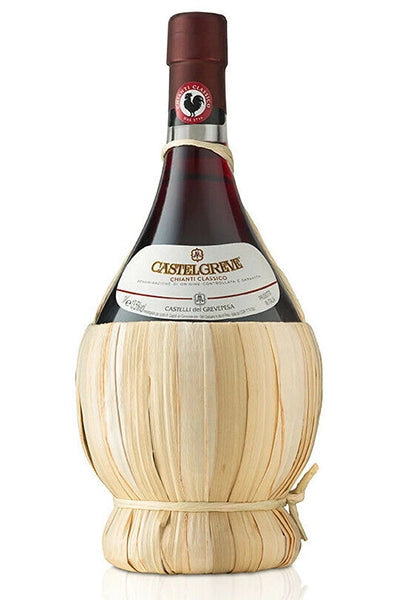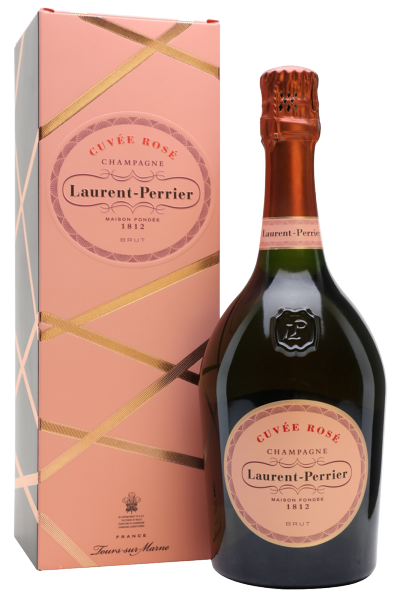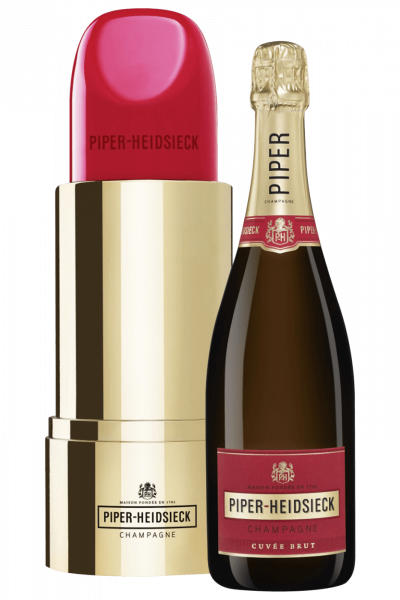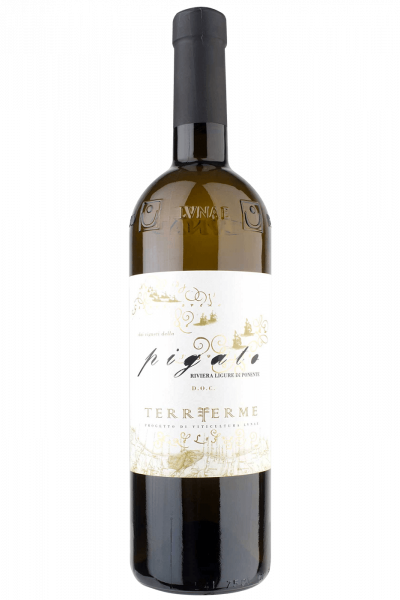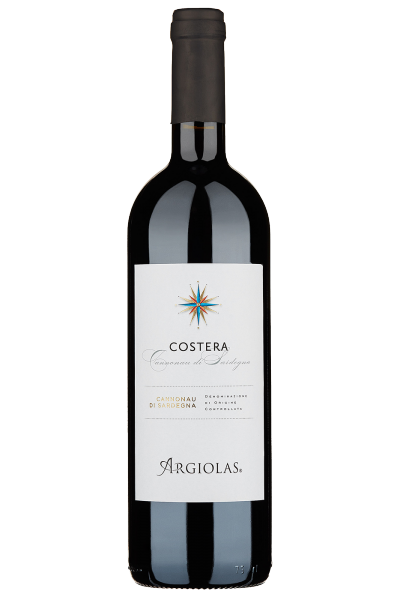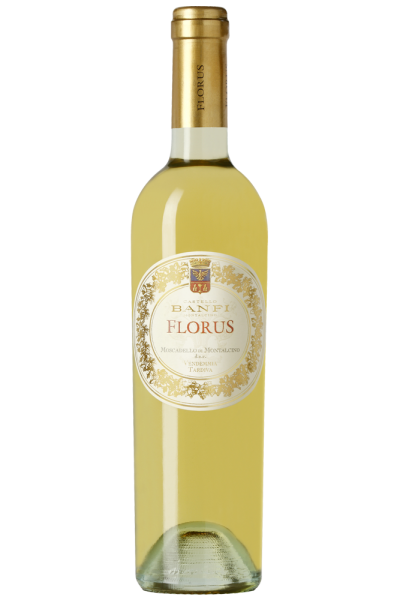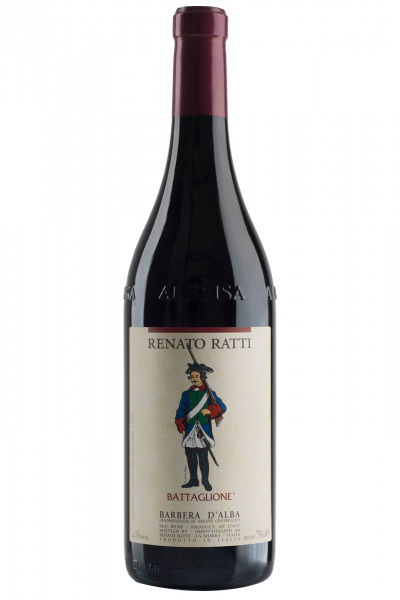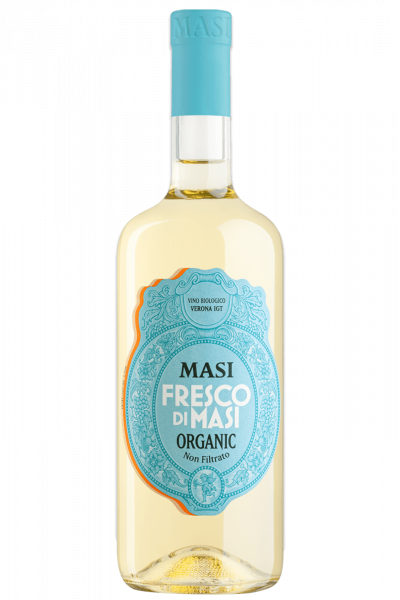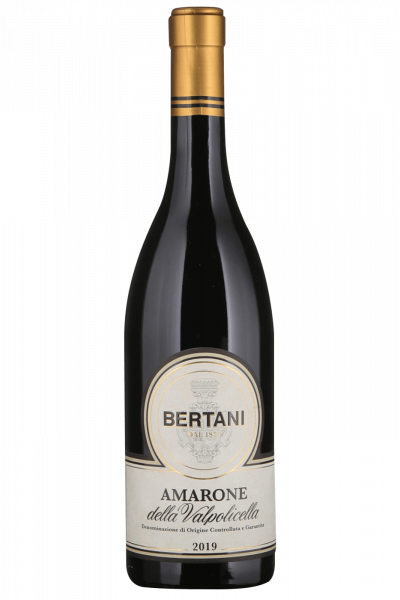
Caciocavallo Podolico Slow Food Presidium
Authentic Fine Food imported from Italy
U.S. UPS / DHL Express Shipping
Refrigerated safe transport
Secure payments
Indulge in the unparalleled flavor of Caciocavallo Podolico Slow Food Presidium! Rich and creamy, this Slow Food product is carefully crafted from premium Italian ingredients — an experience you won't soon forget. Grab a bite and savor the decadence!
One of the noblest cheese varieties of Italy, caciocavallo podolico is actually considered to be the Grana Padano of the South but rarely ends up in cooked dishes since it tends to be enjoyed on its own at the end of a meal.
It looks like a chubby amphora topped by a lump. The name (which translates as horse cheese) derives from the fact that these cheeses are hung up to age in pairs, rope-bound and slung over a wooden board or beam.
What is caciocavallo podolico?
"Podolico" is the finest expression of caciocavallo cheese. Its paste is straw yellow in colour, semi-hard and smooth to the touch, with each piece weighing from 500 g to 8.10 kg. The aroma of milk and straw is intense while the texture is slightly grainy and sharp at times. The term “podolico” refers to the fact that this cheese is entirely made from the milk of the valuable bovine species called “podolica”, with its characteristic grey colour and large horns.
The species is bred on the Apennines, in the regions of Abruzzo, Basilicata, Calabria, Campania, Molise and Apulia. In those areas of central Italy, pasture land is poor owing to a lack of water but various breeders, with the support of the Slow Food movement, are trying to preserve these animals.
Considered to be the most rustic of all Italian breeds, it is thought to originate from the Ukrainian region of Podolia and to have been introduced to Italy where, in the Southern Apennines, it found a suitable habitat and became our country’s predominant species. Unfortunately, today the numbers of this breed, reared in feral or semi-feral conditions, have fallen to around 25,000 head. It is of primary importance for this high quality local production to be safeguarded. The animals live in the open all through the year, following the pace of the ancient custom of transhumance: during the summer they pasture at 1200 metres a.s.l. up in the mountains, before descending to a level of 400 metres in the winter. The milk yield of these animals is low but very rich in proteins and fats.
How is caciocavallo produced?
A symbol of the South Italian cheese-making tradition, caciocavallo cheese belongs to the family of stretched-curd cheeses typical of the southern regions, such as provolone, mozzarella and scamorza. The cows are only milked once a day and production has to be completed within 24 hours. To produce caciocavallo cheese, the milk is curdled and the resulting curd is broken up into grains the size of rice. The curd ages in the whey and is left to drain on a tilted board before being cut into slices.
Then the manual expertise of the cheese maker and boiling water combine to shape the cheese into the form of a chubby bottle with a knob on top. Only expert hands manage to achieve the perfect shape and close the top. Then the caciocavallo cheese is immersed first in cold water and then in brine before going on to the maturing phase. It is produced all through the year but particularly from March to May.
How to enjoy it at its best
Caciocavallo podolico cheese may be eaten fresh but improves with a long ageing process of up to five or six years, especially the larger pieces of 4/8 kilos: a few lucky people have even managed to taste the results of 12 years’ ageing. Some varieties are matured in tuff caves.
In the course of time, caciocavallo cheese acquires complex aromas of pasture lands and Mediterranean scrub thanks to the lingering sensations of the highly aromatic herbs that as cows feed off, such as wild fennel, liquorice and myrtle. When the paste is slightly pink in colour, it means they have feasted on wild strawberries in spring.
To enjoy this cheese at its best, it should be consumed at room temperature accompanied with the typical red wines from southern vineyards, such as Aglianico del Vulture, and roast chestnuts or wild boletus mushrooms. Many prefer to mitigate its strong taste with an accompaniment of chestnut or strawberry tree honey.



